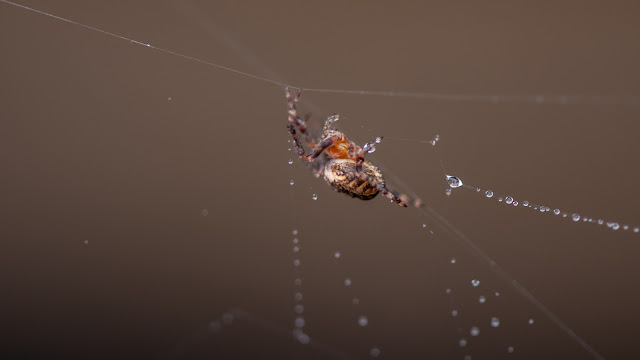phone photography
NB: this post was written well before the Covid-19 outbreak
It's always said that the best camera is the one you've got with you.
And how true this is. After all, when you see something really exciting or inspiring or just down-right beautiful that you want to photograph, you're £5000 camera and lens is no good if it's at home is it?
 Most of us now have some form of smart phone with a built in camera. For some of us, it might be our only camera. And most of us use the phone for capturing daily stuff only, or the dreaded "selfie". But that really is a waste of its true potential.
Most of us now have some form of smart phone with a built in camera. For some of us, it might be our only camera. And most of us use the phone for capturing daily stuff only, or the dreaded "selfie". But that really is a waste of its true potential.
Phone camera technology has come on in leaps and bounds recently with some now boasting a variety of lenses and sensors with in excess of 100 megapixels. They really are capable of taking wonderful photos and video.
But to get the best out of them you have to understand their limitations and that they rely on heavy computational processing to produce images.
Their main shortcoming is their small sensor size. Cramming more and more resolution onto small sensors will inevitably result in noise in images. This is fine as long as you remember the best images are only going to be obtained in good light. The small sensor size also means dynamic range is compromised compared with a "proper" camera, so the phone will record less detail in shadow and highlight areas.
 |
| an example of there being too much dynamic range for the tiny sensor |
Other than that, taking a photo with a phone is no different than your normal camera really. In some cases you might get even better images.
 I would recommend downloading a more advanced camera application though unless your built in app allows for a degree of control. The lens will have a fixed aperture, and you really want to be shooting at very low ISO values, so all you can control is your shutter speed and focal point. Try to get an app that will allow you to shoot raw or Tiff images as they afford more leeway in post processing.
I would recommend downloading a more advanced camera application though unless your built in app allows for a degree of control. The lens will have a fixed aperture, and you really want to be shooting at very low ISO values, so all you can control is your shutter speed and focal point. Try to get an app that will allow you to shoot raw or Tiff images as they afford more leeway in post processing.
I would also suggest getting something to allow you to fix your camera to a tripod, or to get a small pocketable tripod. Also, use the built in timer so you can get steady images.
As regards focus, by their nature phones produce images that are largely sharp throughout the whole scene. So getting creative with shallow depth of field is tricky unless your phone can artificially produce such images.
Your camera phone can sometimes be more useful than a larger DSLR for example. Street photography springs to mind here. I mean, no one bats an eyelid at anyone taking a phone shot. Try the same thing with a more conspicuous camera though and you might not get the candid shots you want.
You might also get away with taking pictures in areas you'd definitely struggle with a pro-looking camera, such as on private ground where security guards would stop you snapping if you were wielding a pro-looking camera and lens.
Personally I use my phone when I'm location scouting for landscape shots, firing off a quick shot to check composition and whether a photograph "works", or for those moments when my phone is all I have with me. It's an excellent tool for the former, and surprisingly good at the latter. I've got some images with my phone that I've been happy to publish, they really are that good.
Once you've got an image, try editing it in camera; either with your phone's camera app or something like Snapseed which can get really good results with little effort.
The image at left is my all-time favourite phone shot. I literally opened my car door to get out and these leaves were there on the floor at my feet. I grabbed my phone and grabbed this image, and I love it.
Whatever, I would urge you to get out of the phone camera "comfort zone" and really push it to unleash its full potential. You might be genuinely surprised.
Whatever, I would urge you to get out of the phone camera "comfort zone" and really push it to unleash its full potential. You might be genuinely surprised.



My phone camera is better than my 'real' camera! (.....or maybe it's the user.......lol) :)
ReplyDelete